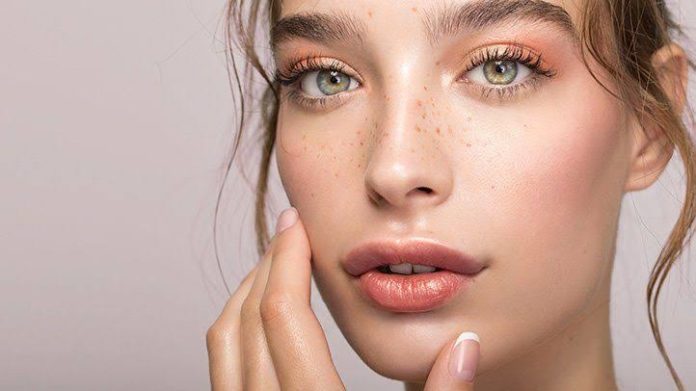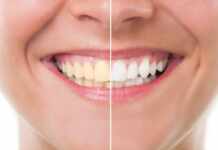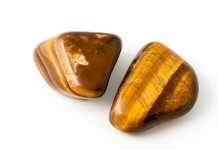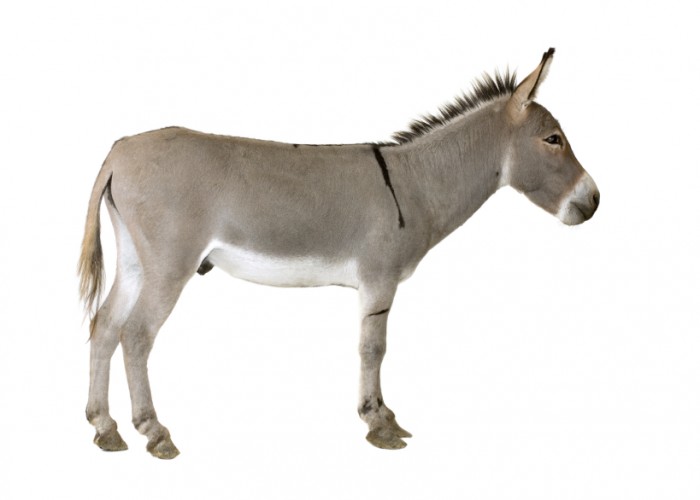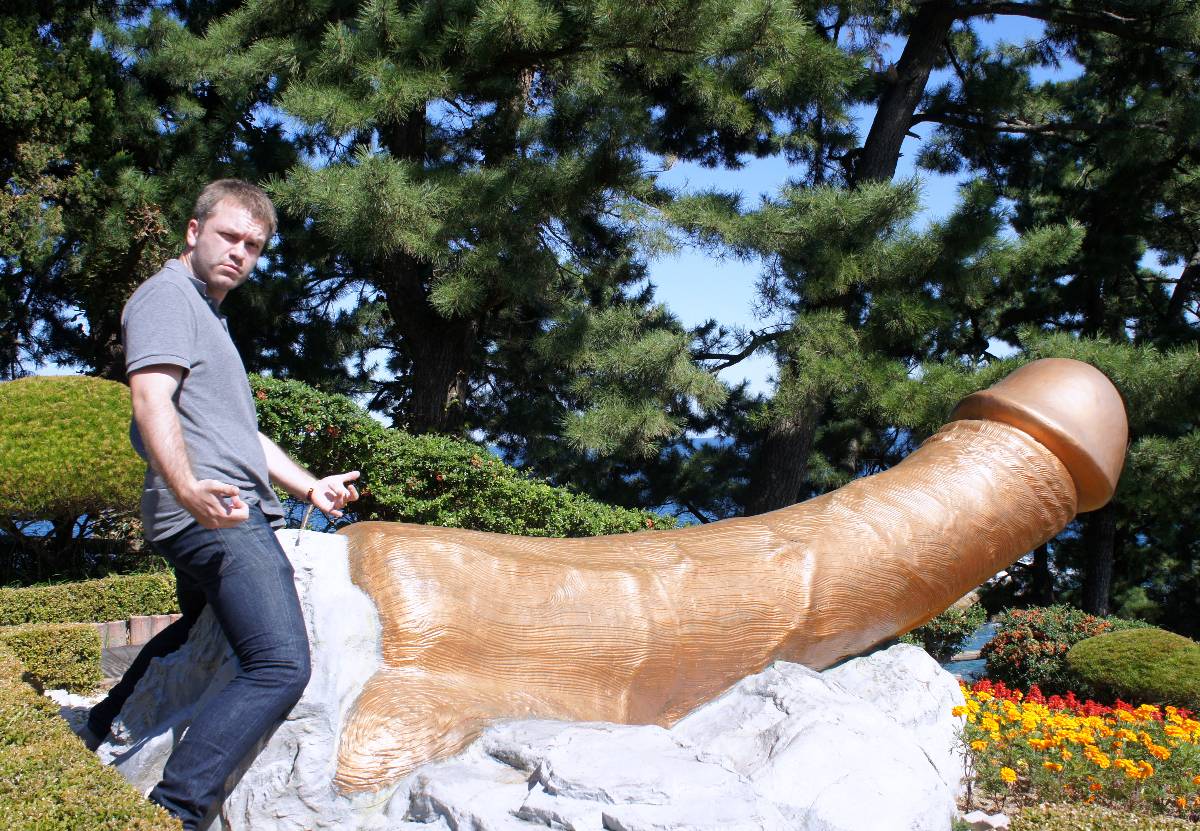Brown spots or age spots are small dark spots on your skin. These spots are also called brown spots. The spots have different sizes and shapes and also vary in colors. But in general Brown spots on the skin are of brown shades (lighter or darker). These spots are more common in adults who are older than fifty. They got their name age spots because in earlier times people assumed the places were a result of old age. But in reality, the brown spots occur due to prolonged exposure of skin to the sun.
Dermatologists have also pointed out that the eruption of drown spots or dark lines on your skin can also be because you have very dry skin. When the skin is not hydrated properly, it leads to breakouts and blemish marks. Using a good moisturizer can help in maintaining adequate hydration levels in your dry skin and prevent the occurrence of brown spots or marks on the skin.
Brown spots are in general seen on shoulder, face, hands, and arms- because the skin of these particular portions gets frequently exposed to the sun. Although they are called age spots, that does not mean younger humans cannot have them. If someone spends time in open sunlight frequently, they can also get the brown spots irrespective of their age.
The human skin produces melanin, a type of pigment when exposed to sunlight. The melanin protects the skin from harmful sunrays and cancer. If the skin is exposed to the sunlight frequently, then specific cells on the skin start producing excessive melanin. The melanin gets stored, and the cell becomes darker in color. As a result, a particular area of the exposed skin gets brown spots or dark spots.
The brown spots can look like cancerous growth. But in general, brown spots or real age spots are harmless and do not require special treatment. These spots only impose cosmetic problems. In simple words, it can affect your appearance and personality. Hence, many people often ask for procedures regarding brown spots. Bleaching and laser treatments can make the spots lighter in color and reduce their appearance. The best way to prevent age spots is limiting exposure in the sunlight.
Table of Contents
Symptoms of Age spots or brown spots
Brown spots can happen to anyone. The skin color does not matter. But often fairer people have distinct sunspots due to their skin tone. In other words, brown spots are common with people of fairer and light skin. Here are the general symptoms of brown spots-
Flat oval or round shaped skin portions with darker skin tone(happens due to increased pigmentation)
The brown spots often appear in colors like tan, black or brown.
Usually occurs on a portion of the skin due to excessive sun exposure(like face, shoulders, upper back, back of hands, tops of feet, etc.)
Spots can be smaller like freckles or more significant spots of half-inch diameter.
Brown spots occur in clusters or groups.
When should you seek medical advice?
As it has been told before, brown spots do not need medical attention in general. But there are certain cases that may require medical care. If the brown spots become darker in color or change their appearances frequently, then you need to visit a doctor. These changes are often initial symptoms of skin cancer or melanoma.
If you have brown spots, then you may need to visit a doctor if any of the following symptoms are observed-
- The age spots have become darker in color
- The spots are spreading rapidly
- Spots that have an irregular border
- Spots have different colors or have an unnatural color combination
- Itchiness or redness on the spots
- Bleeding from the brown spots
- The brown spots feel tender when touched
Why do brown spots occur?
Well, this is because of the pigment cells. Human skin has some pigment cels which can produce a chemical named melanin. The pigment cells are located on the top-most layers of human skin, called “epidermis”. Melanin is responsible for the skin tone or skin color. Higher quality melanin gives darker skin color. The ultraviolet rays affect the pigment cells, and they start producing melanin. This melanin protects human skin from harmful UV rays of the sun.
If the skin is exposed in the active sunlight frequently for many years, then certain pigment cels of the human skin become hyperactive and start producing excessive melanin. Excessive melanin is stored in the cells. Due to this activity, the pigment cells become darker in color. These cells look like brown or tan or even black colored spots in the naked eye.
But, other artificial factors can cause brown spots on the skin. If someone uses commercial tanning lamps or tanning beds or tanning sprays frequently, they might also get brown spots on their skin.
Is there any risk factor involved?
In general, brown spots or sun spots do not impose any threats. They also do not occur to everyone. But, you might have higher chances of developing brown spots if –
- You spend a lot of time in open sunlight and your skin is exposed in intense sunlight frequently
- You get sunburn easily
- You have fair skin and red hair
Diagnosis of brown spots
Doctors often take different measures to diagnosis the brown spots on the skin. Here are the standard methods-
1. Inspection Doctors usually inspect and detect the brown spots by observing the skin pattern and color closely
2. Skin biopsy Of the brown spots look unnatural or exhibit any abnormal symptoms; the doctor might prescribe a skin biopsy to check if it is a regular brown spot or a type of cancerous growth. A small sample from the skin is taken, and then different tests are performed on the sample to deduce if they are malignant or not.
Treatment
As the brown spits are harmless, the procedure is aimed to reduce their appearance. There are different types of brown spots on skin treatment which can reduce the color of the spots and make them lighter. The procedures are designed in such a way that they penetrate the epidermis layer and react to the pigment cells directly.
Here are some popular methods of age spot treatments-
1. Medicines
Medicines are an effective way to treat brown spots. There are different types of creams and ointments like hydroquinone, retinol which are used to lighten the spots. Some creams with a mild dose of steroids are also used. These creams are great, but you need to wait for several days to see some visible results. With these creams, a sunscreen of at least SPF 30 needs to be used to protect the skin. The treatments can cause inflammation, itchiness and burning sensation in the skin.
Hydroquinone –
This is one of the most used drug to treat brown spots. It is being used for the last two decades, and it still has a strong fanbase. There are two types of medicines containing hydroquinone. The first one is Over the Counter medicines, which include two per cent or less hydroquinone. Prescription medicines can contain more than four per cent of this chemical. Hence, it is clear that prescription medicines offer better results.
Hydroquinone decreases the production of an enzyme called tyrosinase. Tyrosinase is responsible for producing melanin. Hence, less amount of tyrosinase means less melanin production.
Hydroquinone can show results even in two weeks. But for a visible effect, you need to apply it for at least twelve weeks. The amount of pigmentation in brown spots affects the effectiveness of the medicine. Hence, the darker spots need more time to get lighter.
This medicines can cause dryness, inflammation, redness, itchiness or other allergic reaction. Hence, doctors may advise performing a skin test before prescribing it. The drug needs to be applied only on the brown spots with proper care. Otherwise, it may lighten the normal skin area also.
2. Laser therapy and IPL
Laer therapy is another commonly used treatment for brown spots. This method is expensive but offers excellent results. In this method, an expert guides the laser light or pulsed beam light on the skin where the brown spots are located. This causes the pigments to get dissolved and eliminate excessive pigmentation or dark places.
IPL or Intense Pulsed Light is also used to lighten the age spots. It may cause some unwanted lightening because IPL rays are often less focused than laser beams.
The proper least treatment comes with a cooling blast to reduce the adverse effect of the high temperature caused by the laser light.
If you need a proper result, then you may need four to six sessions of laser therapy. Each session is performed after three to four weeks.
3. Cryotherapy
Cryotherapy can also curb the appearance of the brown spots. Liquid nitrogen is applied to the brown spots with a cotton swab. The skin is frozen and stops producing further melanin. The area heals, and in result, the brown spots get lighter. Cryotherapy can irritate your skin.
4. Chemical peeling
Chemical peeling can also provide you with practical result from age spots or brown spots. Experts use chemicals to peel off the top layer of skin. This exposes the even-toned skin hidden under the peeled off the sheet. There are different types of chemical peeling like TCA peeling, Lactic acid peeling, salicylic acid peeling, mandelic peeling, glycolic acid peeling. Chemical peeling must be performed under expert guidance. If you want, you can also purchase DIY chemical peeling kits to do it at your home. But the professional peeling gives better results.
You may need four to six sessions of chemical peeling to see the proper effect. Some stronger methods only need two sessions to show the result.
Chemical peeling can cause irritation and different allergic symptoms. Hence, people with sensitive skin need to consult with doctors to decide on the best peeling technique.
5. Microneedling
In this brown spots on skin treatment, a roller made of numerous small stainless steel spikes are used. The roller is messaged on the skin. The spikes make tiny injuries. The skin starts repairing itself with collagen products
Microneedling offers better results if it is coupled with topical treatments. Often bleaching chemicals like Vitamin C is inserted in the skin after the skin is messaged. This makes the skin to absorb vitamin C faster. Vitamin C lightens the brown spots. Mircroneedling needs to be performed carefully, to prevent permanent scarring. It may not be ideal for people with a darker skin tone. If done correctly, microneedling offers visible results after the week of treatment. Usually, three treatments in six weeks are prescribed by dermatologists.
6. Microdermabrasion
This another active treatment. This is a non-chemical and non-invasive procedure, and anyone can opt for it. Experts use tiny exfoliators to exfoliate the dead skin and make room for even-toned new skin. It is an excellent treatment option if someone has mild brown spots. Six sessions are generally performed in a span of two to four weeks.
There are also some lesser-known treatment techniques or topical methods which offer lighter age spots if performed correctly-
a. Vitamin C
Vitamin C is known for its bleaching property. It is also used as a topical antioxidant. Vitamin C flushes away the toxins and free radicals to prevent skin pigmentation. Vitamin C also naturally inhibits the action of melanin production. So, if applied only o the brown spots, vitamin C effectively lightens the skin. There are different creams, ointments and serums available containing Vitamin C which you can use. You need to use a sunscreen with vitamin C because it makes skin sensitive to sunlight.
b. Kojic Acid
Kojic acid is obtained from fermented rice and mushrooms. It is a well-known skin bleaching and skin lightener. Kojic acid offers the best results when applied alongside hydroquinone. Kojic acid regulates the pigment cells activity and stops melanin production. You can find creams or serums containing Kojic acid as OTC medicines. But, it can cause allergic dermatitis in some people.
c. Soy extract
Soy extract, obtained from soybeans lightens the skin and stops melanin from getting stored in the cells. Hence, it is excellent if you want to lighten your brown spots. Try to apply for soy extract medicines before applying moisturiser in morning and night. It gives slow results.
d. Azelaic Acid
This is a lesser-known chemical that dermatologists often recommend. Azelaic acid is obtained from oats, wheat and rye. It regulates the hyperactive pigment cells and prevents melanin production. Besides that, it also prevents scars.
Prevention is the best method
If you want to prevent brown spots, then you need to avoid them. Stopping is the best method that you can choose. Here are some ways to prevent brown spots on your skin-
Use sunscreen
Try to use sunscreen whenever you are going outside. It is better to use a sunscreen that protects from both UVB and UVA rays. You should use a sunscreen with Sun Protection Factor (SPF ) 30. If you live in a place where sunlight is bright and high, use SPF 50 sunscreen. While visit beaches or sunny areas, sunscreen with SPF 70 or higher is a better option. Also, never forget to re-apply sunscreen after two to three hours to get continuous protection. Try to invest in a gel-based waterproof sunscreen for better coverage.
Avoid the sun as much as possible
You cannot avoid the sun but try to limit your time in the sunlight. It is better to stay indoors between 10 am to 2 pm to protect your self from harsh sunlight. This is because, during this period, sunlight becomes most intense and causes the highest degree of harm.
Cover yourself
If you need to step outside, then make sure you cover yourself adequately. Try to wear cloaths that are made from tightly woven fabric. Also, wear clothes that cover your legs, shoulders and arms. You can also use a scarf, caps or hats to protect your face.
If you are a sports person, then try using sun-protective cloaths designed with minimum UVF 40.
Get proper treatment in caser of sunburn
If you suffer from sunburn frequently, then it is better to take all the mentioned protective measures. If you get a sunburn, then it is better to seek proper medical treatments to prevent brown spots from sunburn.
Brown spots are a type of skin syndrome which is caused due to excessive melanin production in some pigmentation cells on the human skin. It occurs if your skin is exposed to sunlight for a prolonged time. Brown spots appear as flat round or oval spots in tan or brown or black color. Although the brown spots are harmless, they might become cancerous in some cases. If you notice any abnormal symptom on your brown spots, then seek medical advice.
There also treatments that can lighten the brown spots and make them less visible. One also needs to use sun protection to prevent brown spots.

